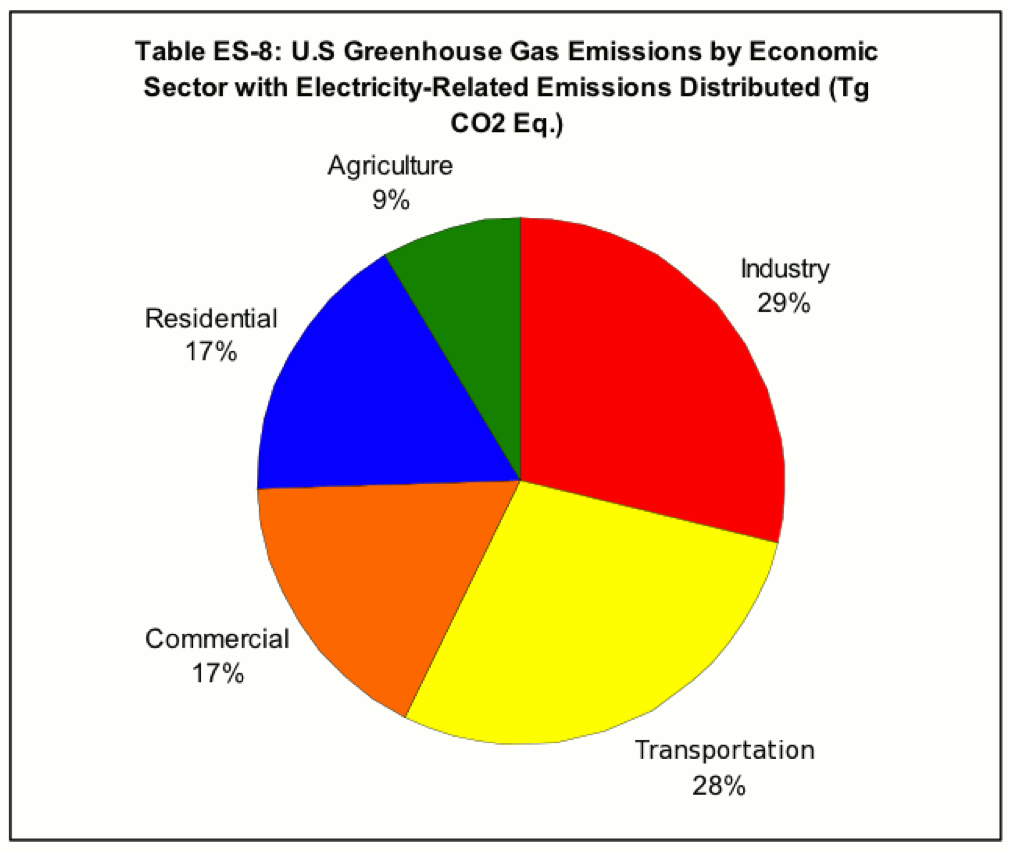WASHINGTON D.C. — The American Energy Alliance released a video today exposing the failure of renewable energy mandates that raise the cost of producing and consuming transportation fuels in the United States. The “Phantom Fuels”video tells the story of cellulosic biofuel, a plant-based fuel source that is not commercially available despite federal law requiring refiners to blend 8.65 million gallons of it this year. Failure to blend the non-existent biofuel cost refiners $6.8 million dollars last year in fines assessed by the Environmental Protection Agency. Last week, American-based companies were forced to file a lawsuit in federal court seeking relief from the EPA’s rogue penalties.
“Cellulosic biofuel is the latest poster child of government gone bad. The Environmental Protection Agency is currently penalizing refiners because they are not blending an imaginary product. Congress has been complicit in the scheme, and both Republicans and Democrats are to blame,” noted AEA President Thomas Pyle.
“Renewable mandates like the cellulosic biofuel requirements eventually defraud American consumers, who are forced to pay higher energy prices to fund the political experiments of crony capitalists. These ‘phantom fuels’ are but another example of the kind of policies that have marked the Obama-Solyndra era.”
To view AEA’s “Phantom Fuels” video, click below.





